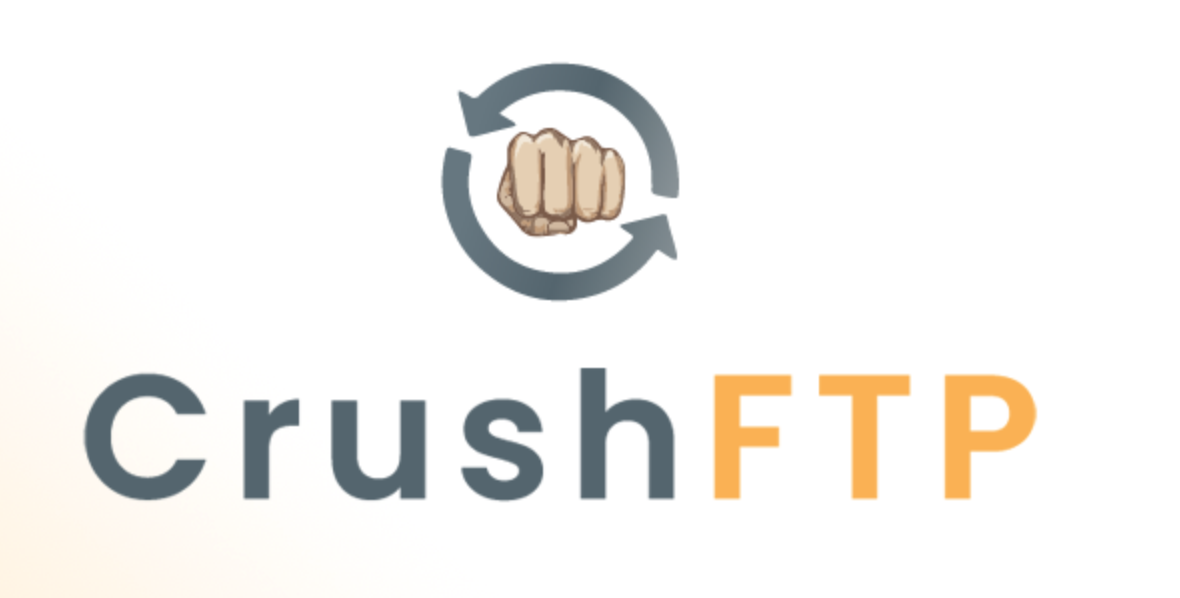Enterprise file transfer solutions are foundational to modern digital operations. Whether moving sensitive data between internal systems, synchronizing with partners, or supporting cloud workflows, these platforms must strike a careful balance between functionality, performance, and—most importantly—security.
CrushFTP, a popular multi-protocol file transfer server, has built a strong reputation for its robust features, including Amazon S3-compatible API access, web-based administration, and support for protocols like FTP, SFTP, HTTP/S, and WebDAV. However, the discovery of a critical vulnerability—CVE-2025-2825—in recent CrushFTP versions underscores how even mature, feature-rich systems can be undermined by small implementation flaws.
The Vulnerability: CVE-2025-2825
Discovered and responsibly disclosed by researchers at Outpost24, this vulnerability affects CrushFTP versions:
• 10.0.0 through 10.8.3
• 11.0.0 through 11.3.0
The flaw received a CVSS score of 9.8 (Critical) due to the following characteristics:
• Unauthenticated access: No credentials are needed to exploit the issue.
• Network-based attack vector: Exploits can be launched remotely over the network.
• Low complexity: No special conditions or user interaction are required.
• High impact: Allows full unauthorized access to data and system resources.
At its core, the vulnerability arises from a flawed use of authentication flags—a classic example of how shared state or reused logic in security-critical paths can unravel protection layers.
The Root Cause: Dual-Purpose Flags and Security Drift
CrushFTP reused a flag that was meant for session state tracking in both authorization checks and request handling paths. As a result, unauthenticated requests could be mistakenly treated as authenticated under certain conditions—leading to full access without valid credentials.
This isn’t just a case of a “bug”—it’s a systemic issue tied to software design. When authentication and session management logic becomes entangled with operational logic, it opens the door for precisely this type of critical failure.
Mitigation Steps
If you’re using CrushFTP in your organization, take the following steps immediately:
1. Update CrushFTP to version 10.8.4 or 11.3.1 or later.
2. Audit access logs for signs of unusual or unauthorized activity, especially unauthenticated access to privileged endpoints.
3. Review your deployment posture—ensure CrushFTP is not exposed directly to the internet unless absolutely necessary.
4. Isolate file transfer servers within secure network zones, behind gateways and firewalls.
Final Thoughts
At Shield53, we continually emphasize that security posture is defined not only by the technologies you use—but how they’re implemented and maintained. CVE-2025-2825 illustrates how a single overlooked detail in authentication logic can expose critical infrastructure to attack.
